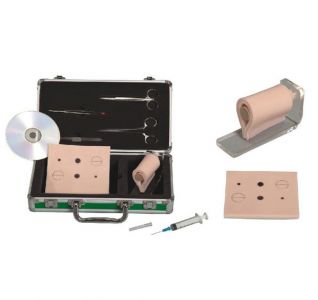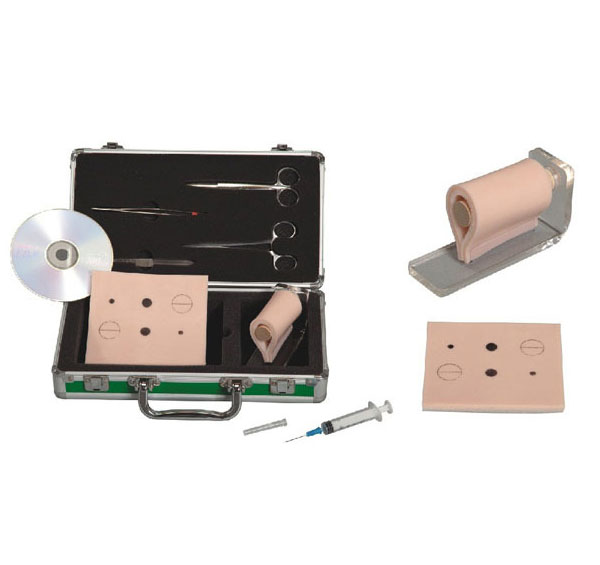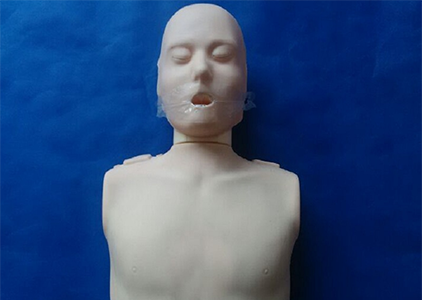
The answer to the question whether the modules in the local anesthesia training toolbox can be replaced depends largely on the design and configuration of the toolbox. In most cases, local anesthesia training kits are indeed designed to allow module replacement to meet different teaching and training needs.

First, the local anesthesia training toolbox usually contains a variety of different training modules, such as skin local infiltration anesthesia training module, ring local infiltration anesthesia training module, etc. These modules simulate different surgical and anesthesia scenarios according to their functions, providing comprehensive practice opportunities for medical staff.
Secondly, considering the wear and aging of modules during training, as well as the changing needs of different training stages, many local anesthesia training toolkits are designed with replaceable modules. This means that when a module becomes damaged or is no longer suitable, users can easily replace it with a new module without having to replace the entire toolbox.
Specifically, module replacement in the local anesthesia training toolbox usually follows the following steps:
Determine the module to be replaced: Determine the type of module to be replaced based on training requirements or module damage.
Select a new module: Select and purchase the appropriate new module from the supplier according to the requirements.
Remove the old module: Carefully remove the old module from the toolbox by following the instructions of the toolbox or the instructions of the supplier.
Install a new module: Install the new module into the toolbox, making sure it fits in well with the rest of the toolbox and works properly.
In addition, some advanced local anesthesia training kits also offer a variety of optional extension modules, such as skin lesion training modules (including sebaceous cyst modules and lipoma modules, etc.) to simulate different minor surgical anesthesia ranges to further enrich the training content. These expansion modules are also replaceable, making it easy for users to select and replace them as needed.
In summary, the modules in the local anesthesia training toolbox are replaceable in most cases. This design not only improves the flexibility and practicality of the toolbox, but also extends its service life and reduces the maintenance cost of the user. When selecting a local anesthesia training toolbox, it is recommended to consider the ease and scalability of module replacement to ensure that it can meet long-term teaching and training needs.







Sophie Asveld
February 14, 2019
Email is a crucial channel in any marketing mix, and never has this been truer than for today’s entrepreneur. Curious what to say.
Sophie Asveld
February 14, 2019
Email is a crucial channel in any marketing mix, and never has this been truer than for today’s entrepreneur. Curious what to say.